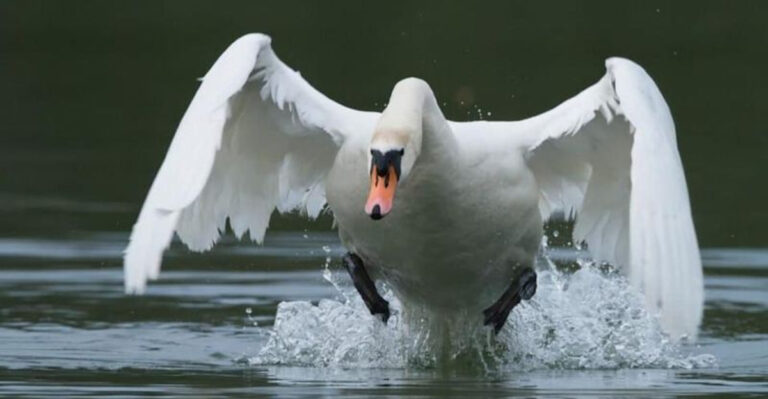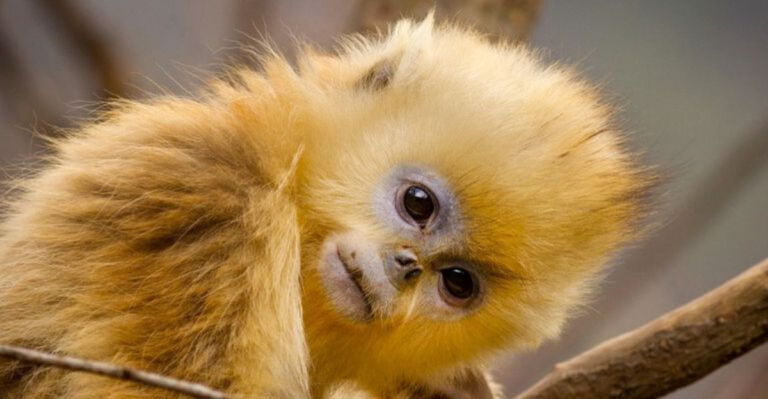19 Must-Know Facts About Swans
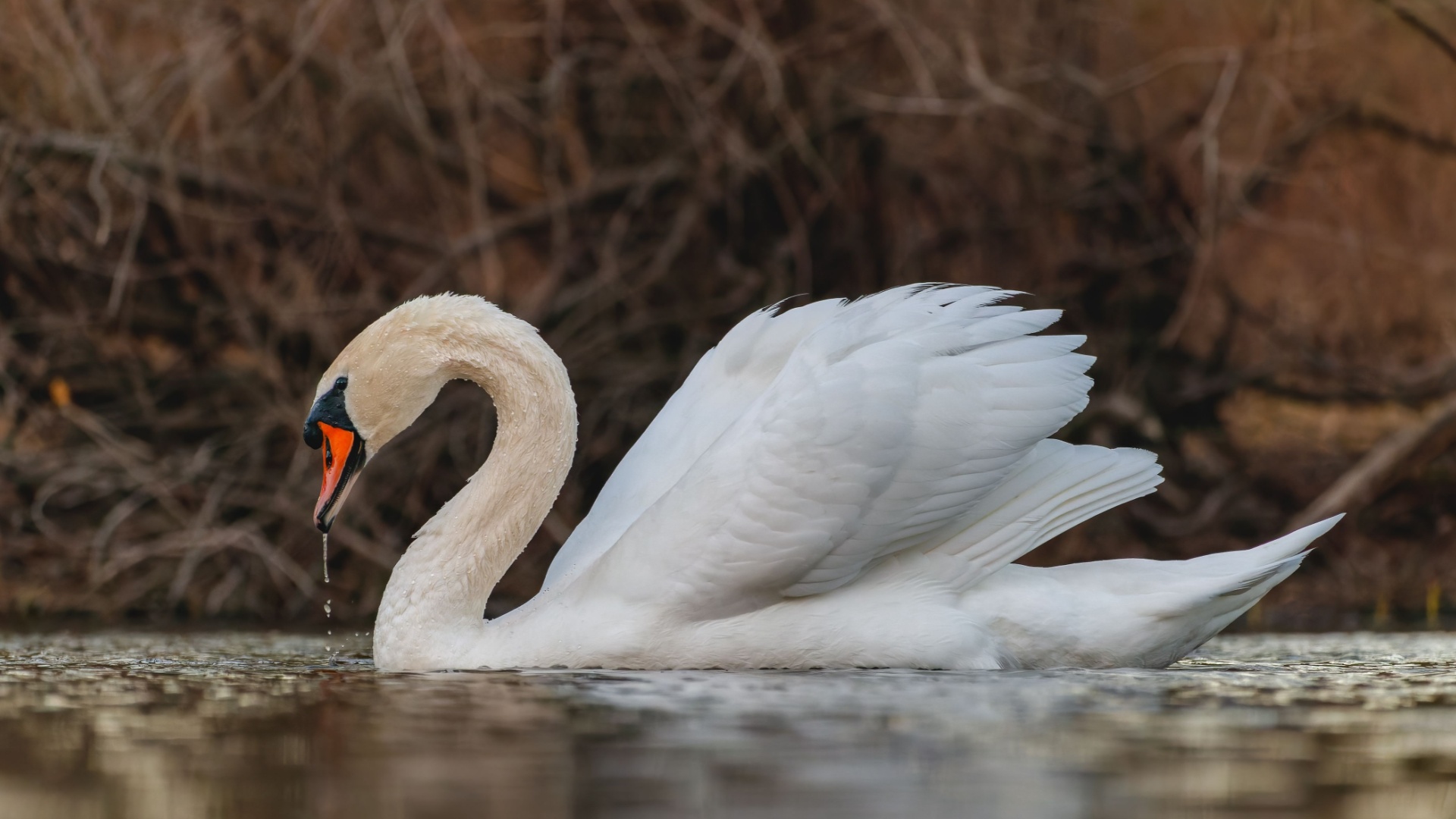
Swans, with their ethereal beauty and graceful demeanor, captivate the hearts of many across the world. These majestic creatures, often seen gliding across serene waters, are more than just symbols of elegance.
They possess intriguing characteristics and behaviors that make them truly fascinating. Let’s explore captivating facts about swans that will deepen your appreciation for these magnificent birds.
1. Swans Mate For Life
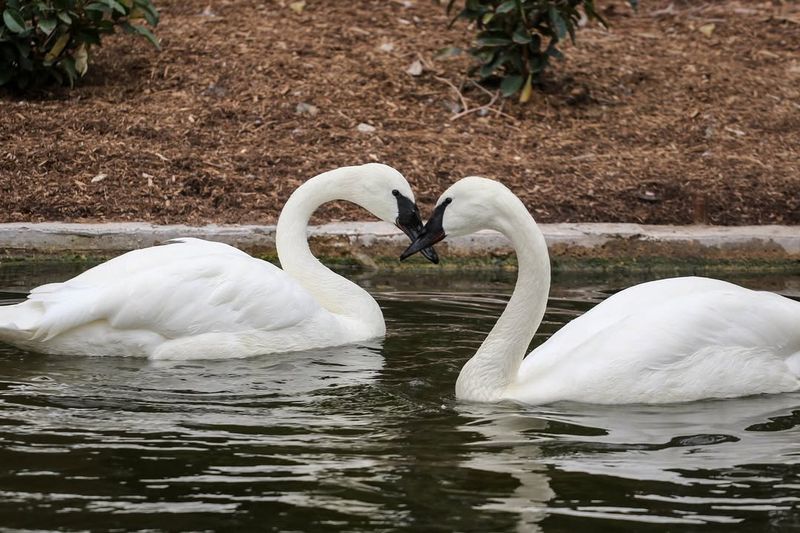
Swans are renowned for their lifelong monogamous relationships. Once they find a mate, they often stay together for life, creating a powerful bond.
This loyalty is a symbol of fidelity in various cultures. Observing a pair of swans gracefully swimming side by side is truly heartwarming.
Their strong partnership is not just limited to companionship; they also collaborate in raising their young, building nests, and defending against threats.
2. The Largest Swan Species
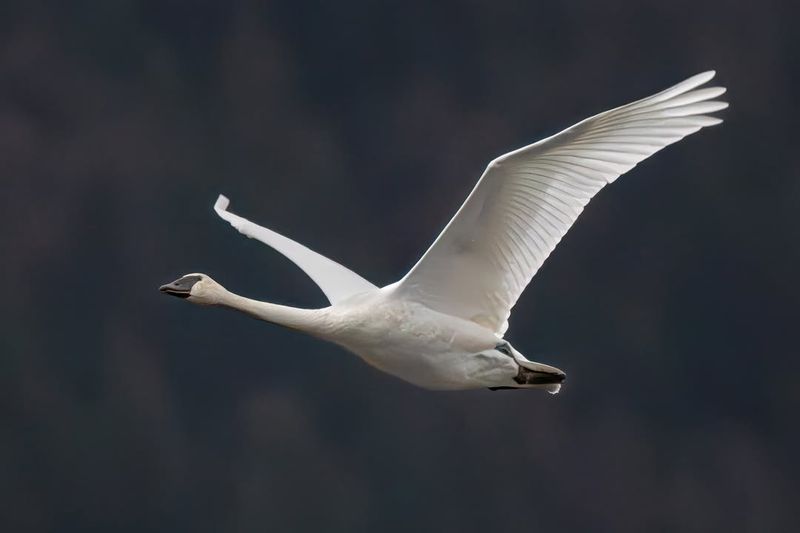
The trumpeter swan holds the title for being the largest swan species. With an impressive wingspan reaching up to 10 feet, they are a sight to behold.
These swans inhabit North America and are known for their loud, trumpet-like calls. Their elegant, elongated bodies make them exceptional flyers, allowing them to travel great distances during migration.
Spotting a trumpeter swan in the wild is a remarkable experience.
3. Swans’ Unique Eating Habits
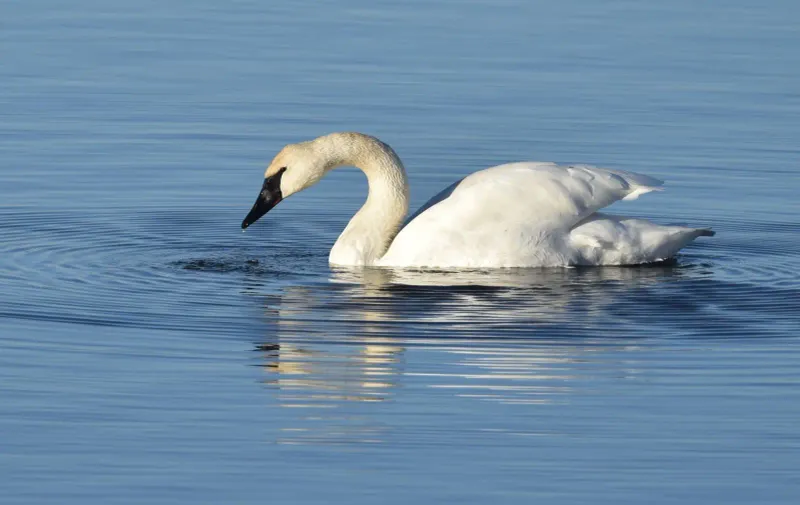
Swans have unique eating habits, primarily feeding on aquatic vegetation. Their long necks allow them to reach underwater plants with ease.
While feeding, you might notice them upend in the water, a common sight as they feed. Swans also occasionally feed on small fish and insects.
Their diet plays a crucial role in maintaining the health of wetland ecosystems by controlling plant growth and providing balance.
4. Symbolism In Different Cultures

Swans hold diverse symbolic meanings across cultures. In Celtic mythology, they are associated with love and purity.
Hindu beliefs often depict swans as symbols of wisdom and grace. In Greek mythology, they are linked to Apollo, the god of music and poetry.
Swans’ elegance and poise make them ideal icons for conveying profound themes and values.
5. The Myth Of The Swan Song
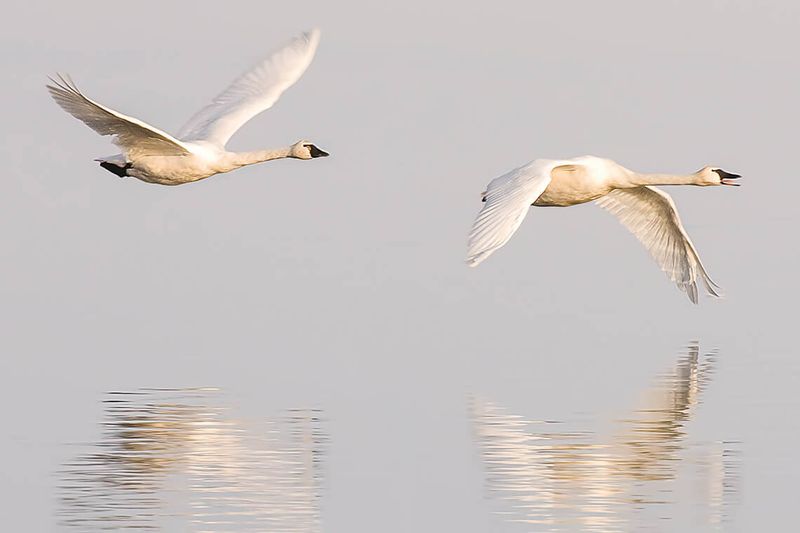
The term ‘swan song’ originates from an ancient belief that swans sing a beautiful, melancholic song just before they die. This myth has permeated literature and music for centuries.
Despite its poetic allure, this behavior has no basis in reality. Swans are generally silent creatures, except for a few species that communicate through honks or whistles.
The swan song remains a captivating, albeit mythical, concept.
6. Swans’ Impressive Lifespan
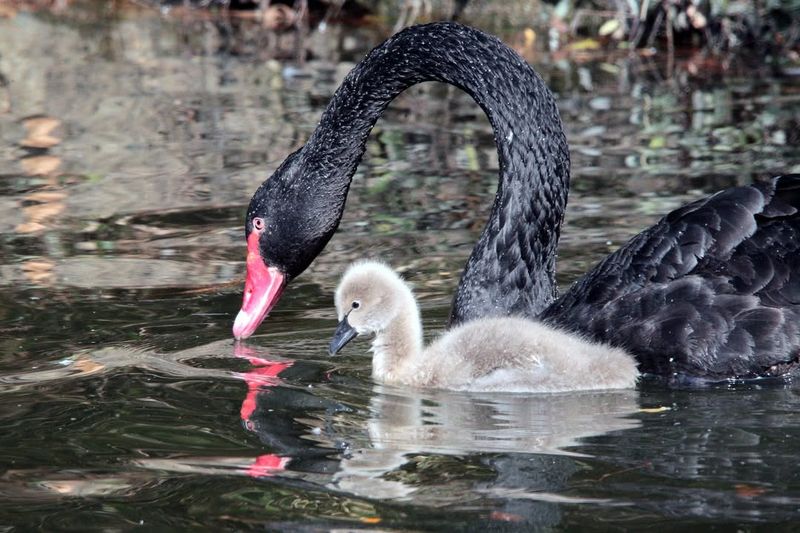
Swans boast an impressive lifespan, often living up to 20 years in the wild, and even longer in captivity. This longevity is attributed to their strong social bonds, which aid in protection and survival.
Their ability to adapt to various environmental conditions also contributes to their life expectancy. Observing an elder swan is akin to witnessing years of accumulated grace and wisdom, embodied in their elegant form.
7. Migratory Patterns Of Swans
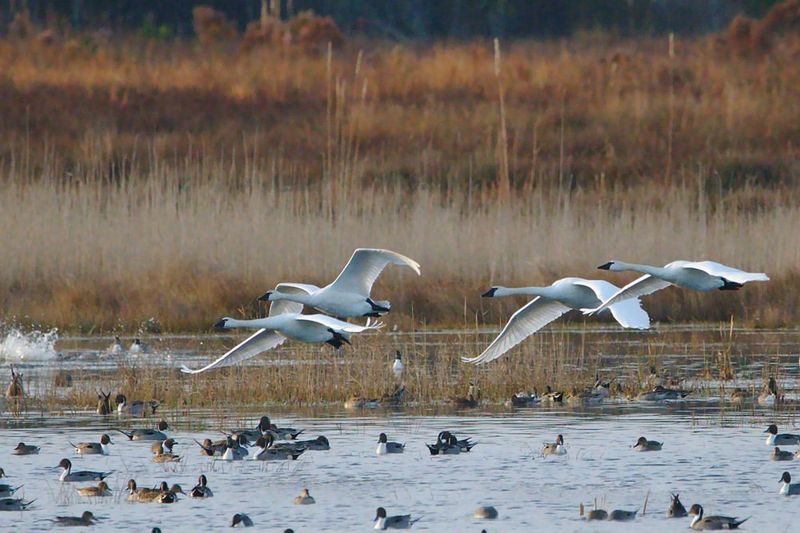
Swans are known for their remarkable migratory patterns. Certain species travel thousands of miles between breeding and wintering grounds, showcasing incredible endurance.
During migration, they often fly in a distinctive V-formation, which helps conserve energy. These long journeys are essential for survival, allowing swans to find suitable habitats and resources throughout the year.
Migration is truly a testament to their resilience.
8. Swans’ Territorial Nature
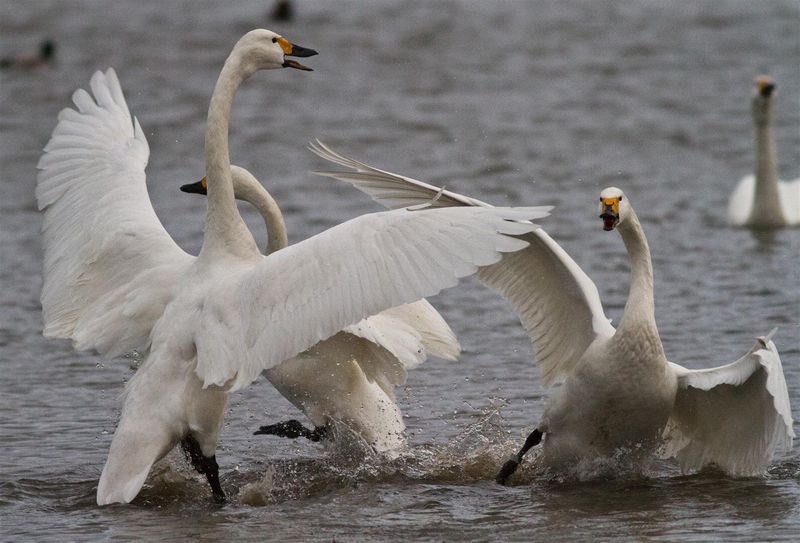
Swans are fiercely territorial, especially during the breeding season. They diligently guard their nesting sites against intruders, often displaying aggressive behaviors to protect their young.
This territorial nature ensures the safety and survival of their offspring. While swans are generally graceful, their protective instincts can be intense.
Observing a swan defend its territory is a powerful reminder of their commitment to family.
9. Famous Swan Lake Ballet
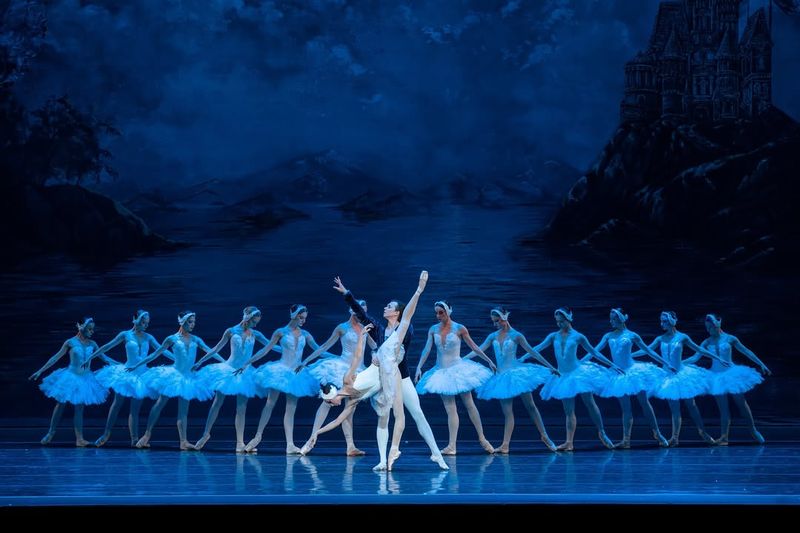
The Swan Lake ballet, composed by Tchaikovsky, is one of the most famous ballets worldwide. This enchanting tale of love and transformation is synonymous with swans’ elegance.
The ballet’s choreography mimics the grace of swans, captivating audiences with its ethereal beauty. The dancers, dressed as swans, move seamlessly, capturing the essence of these majestic birds.
Swan Lake remains a timeless tribute to swans’ enchanting allure.
10. Swans’ Influence On Art
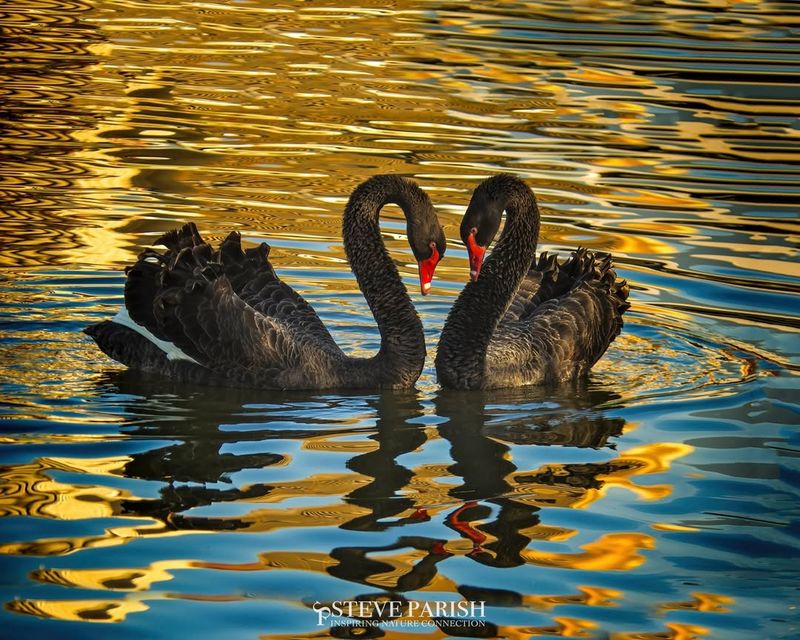
Their elegance and beauty inspire countless artists, resulting in stunning paintings, sculptures, and photographs. Famous works often capture swans in serene settings, emphasizing their grace.
The ethereal quality of swans continues to enchant contemporary artists, ensuring their presence in art remains timeless. Exploring swan-themed art offers a visual journey into their captivating world.
11. Swans’ Adaptability To Urban Environments
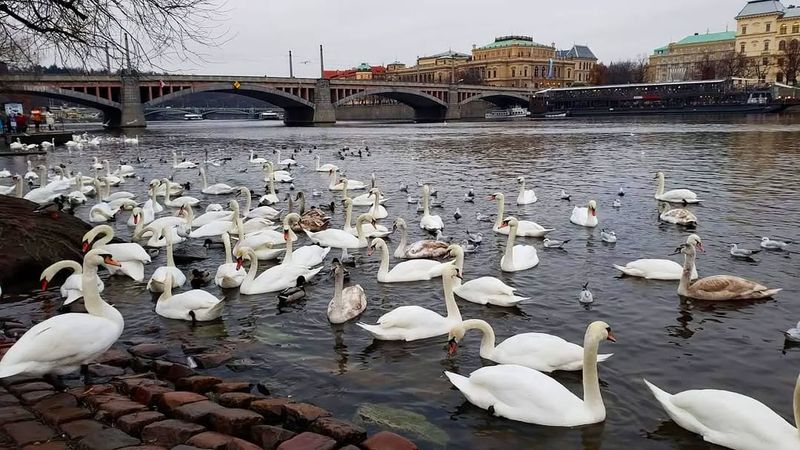
Many city parks and ponds host these birds, delighting residents and tourists alike. Their presence in urban areas highlights their ability to thrive amidst human-made landscapes.
Interactions between swans and city dwellers foster an appreciation for wildlife conservation. Observing swans in urban settings is a reminder of nature’s resilience and beauty, even in bustling cities.
12. Swans’ Role In Ecosystem Balance
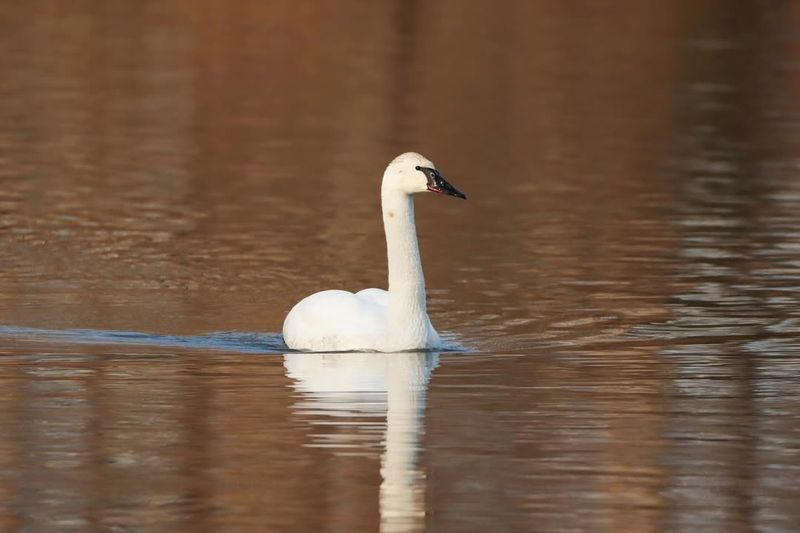
Swans play a crucial role in maintaining ecosystem balance within wetlands. By feeding on aquatic vegetation, they help control excessive plant growth.
This feeding behavior benefits other species by creating open waterways and diverse habitats. Swans also serve as indicators of environmental health due to their sensitivity to pollution.
Their presence signifies a thriving ecosystem, making them vital components of wetland environments.
13. Differences Between Swan Species
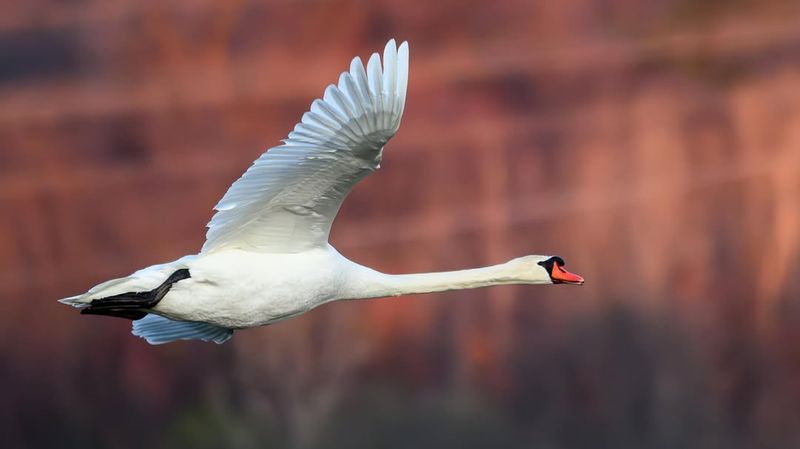
There are several swan species, each with distinct characteristics. Mute swans, for example, are known for their graceful neck arch and orange beak.
Whooper swans have a distinctive yellow and black beak pattern. Understanding these differences enhances appreciation for swans’ diversity.
Observing various species showcases nature’s creativity in adapting to different environments.
14. Swans’ Natural Predators
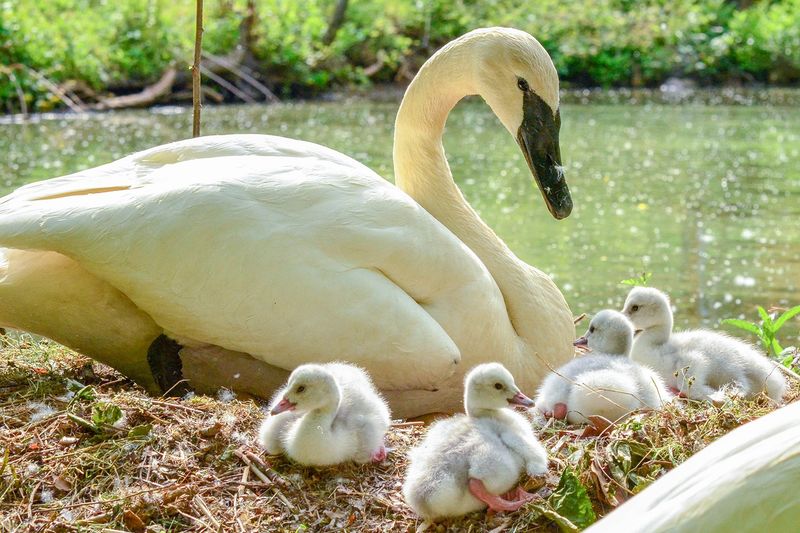
Despite their size and strength, swans face threats from natural predators. Foxes, raccoons, and large birds of prey pose risks, particularly to cygnets and eggs.
Adult swans use their powerful wings and hissing sounds to deter attackers. Understanding these predator-prey interactions highlights the challenges swans encounter in the wild.
These dynamics also underscore the importance of conservation efforts to protect swan populations.
15. The Graceful Cygnets
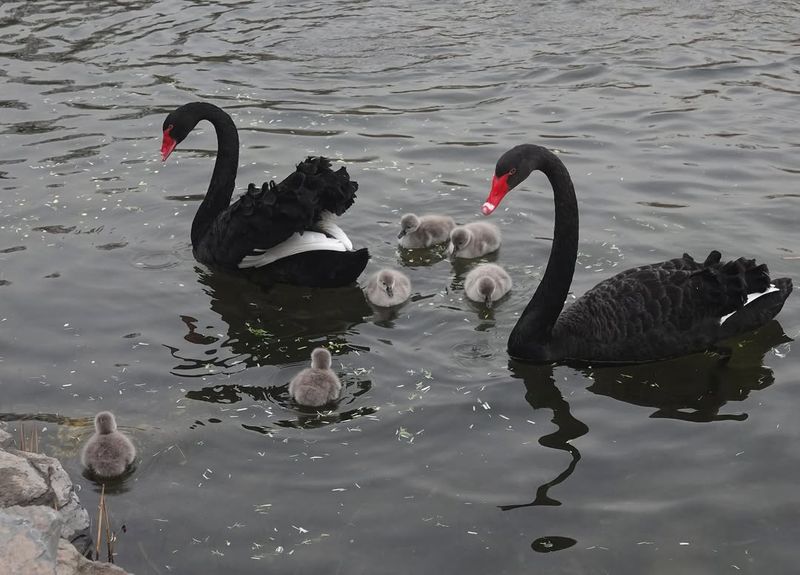
Cygnets, or young swans, are cherished for their fluffy appearance and curiosity. These adorable creatures stay close to their parents, learning essential survival skills.
Observing cygnets is heartwarming, as they mimic their parents’ movements and behaviors. Their journey from fluffy chicks to elegant swans is a testament to nature’s wonders.
16. Swans’ Interaction With Humans
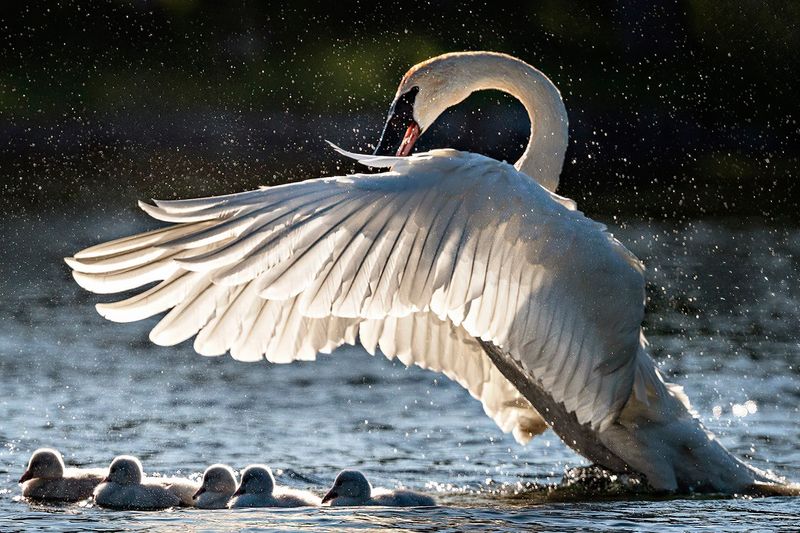
Swans often interact with humans, especially in parks and reserves. Their approachable nature encourages people to observe and appreciate their beauty.
However, it’s essential to respect swans’ space and avoid feeding them unhealthy foods like bread. Positive interactions between swans and humans foster awareness of wildlife conservation.
These encounters provide opportunities to learn about swans’ behaviors and the importance of protecting their habitats.
17. Swans in Mythology And Folklore
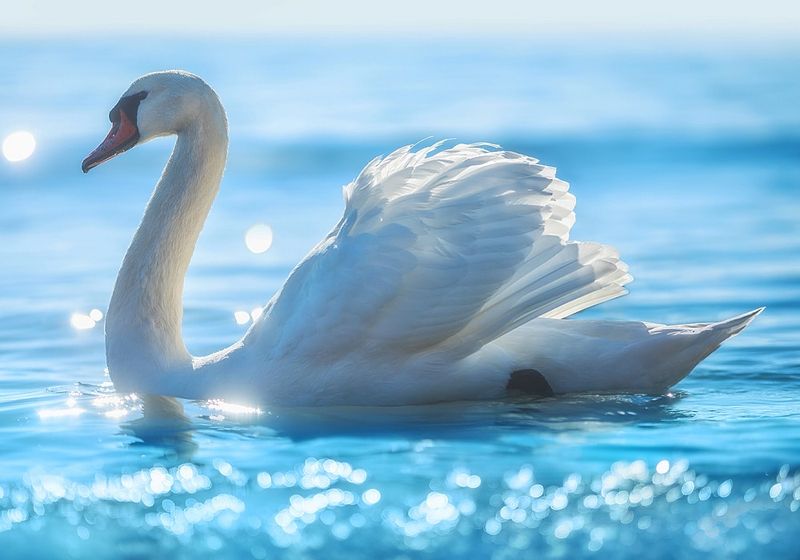
In Norse mythology, swans are seen as the birds of love and beauty. Russian folklore often features swans as magical creatures capable of transformation.
These stories emphasize swans’ elegance and mysterious qualities. Understanding their mythological significance provides insight into human fascination with these birds.
Swans continue to inspire tales of wonder and imagination across generations.
18. Swans’ Vocalizations And Sounds
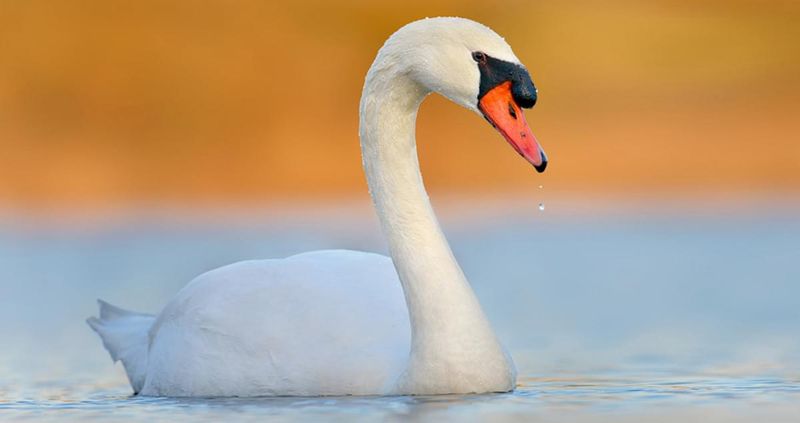
Swans, though generally quiet, possess distinct vocalizations. Trumpeter swans, for example, are named for their trumpet-like calls, while mute swans communicate through softer sounds.
These vocalizations play a crucial role in maintaining social bonds and territory defense. Listening to swans’ sounds offers a glimpse into their communication methods.
Their voices add to the enchanting atmosphere of their natural habitats, enriching the experience of observing them in the wild.
19. Swan Conservation Efforts
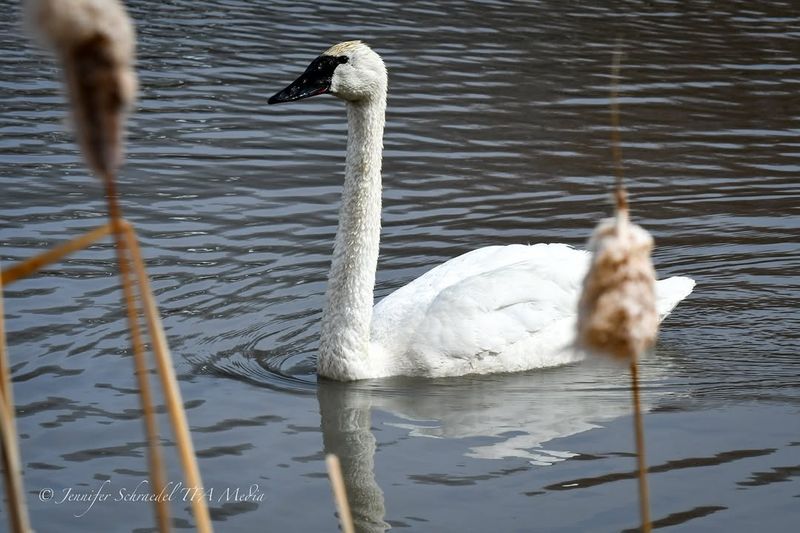
Conservation efforts play a vital role in protecting swan populations and their habitats. Initiatives focus on preserving wetlands, reducing pollution, and mitigating human-wildlife conflicts.
Public awareness campaigns encourage responsible behavior around swans, ensuring their safety. These efforts highlight the importance of swans as environmental indicators and cultural symbols.
Supporting swan conservation fosters biodiversity and ensures future generations can enjoy these magnificent birds.

